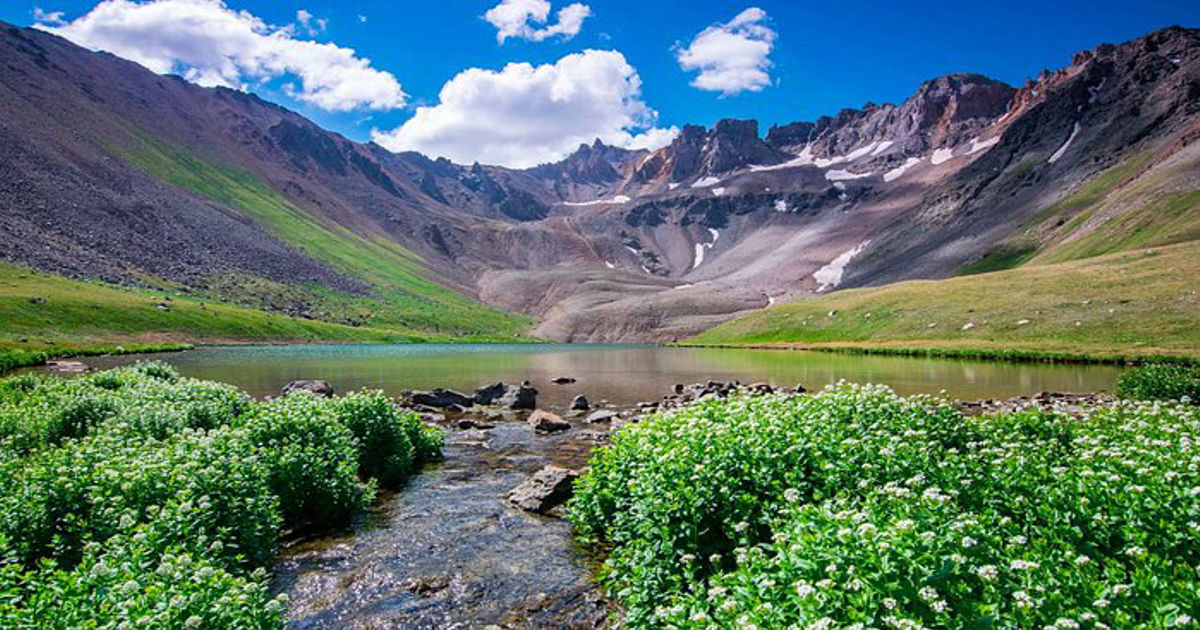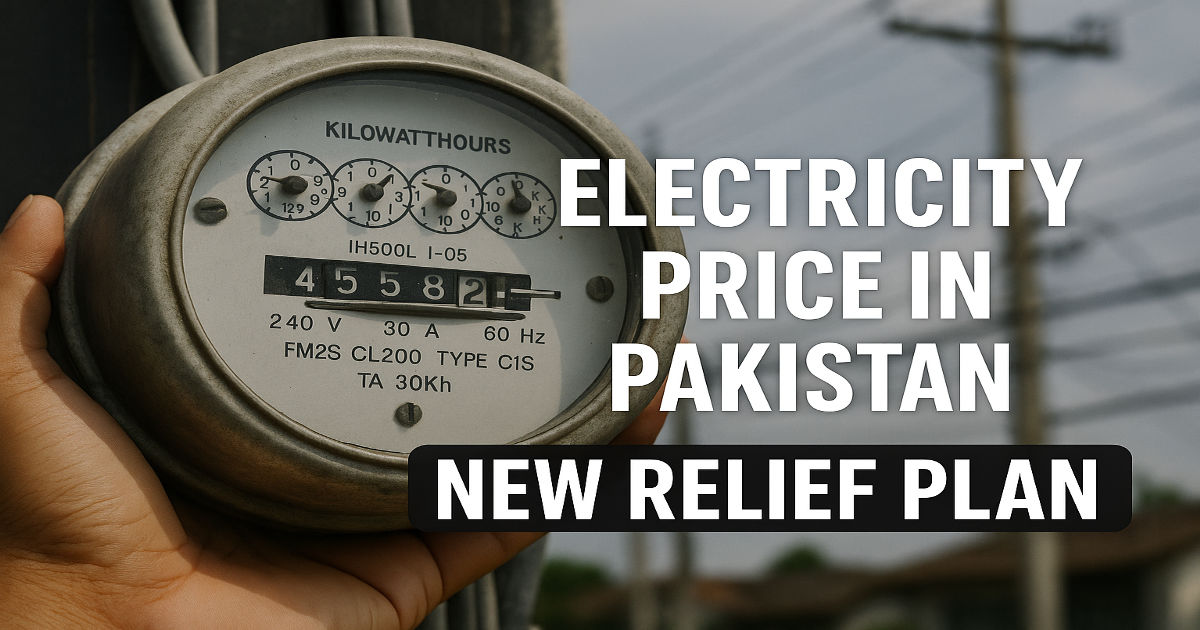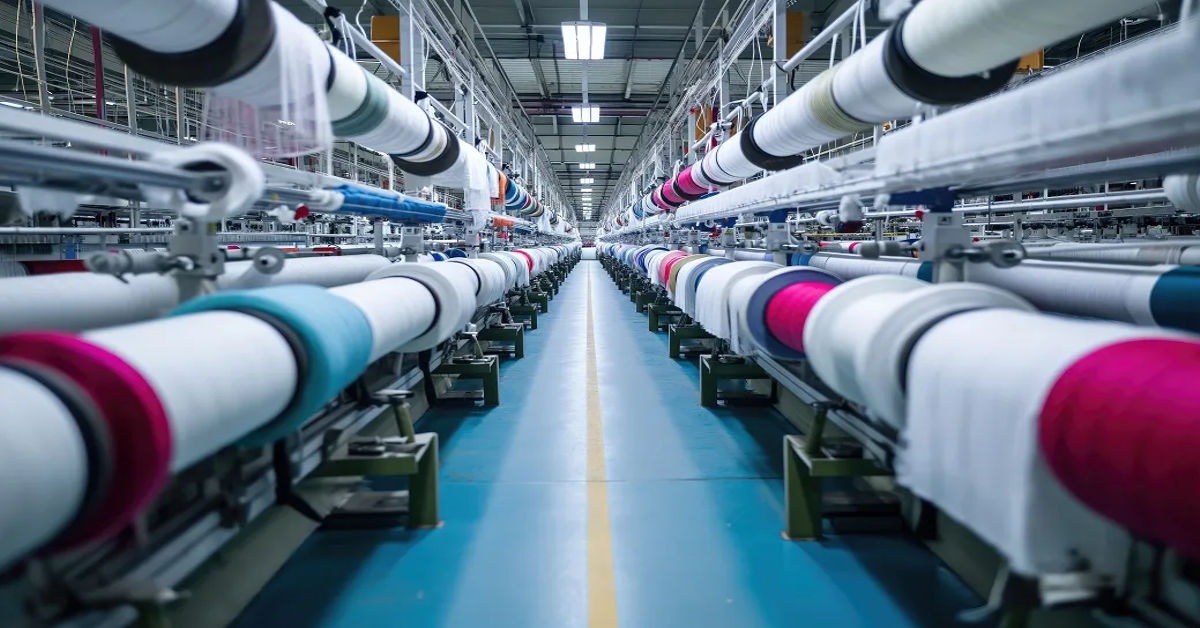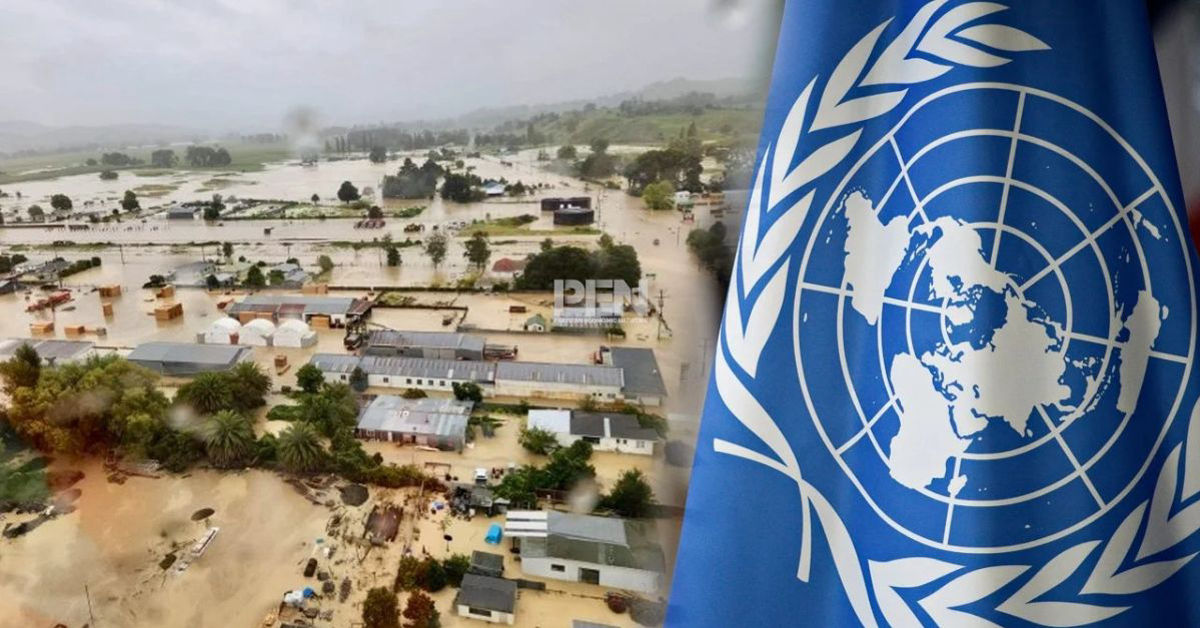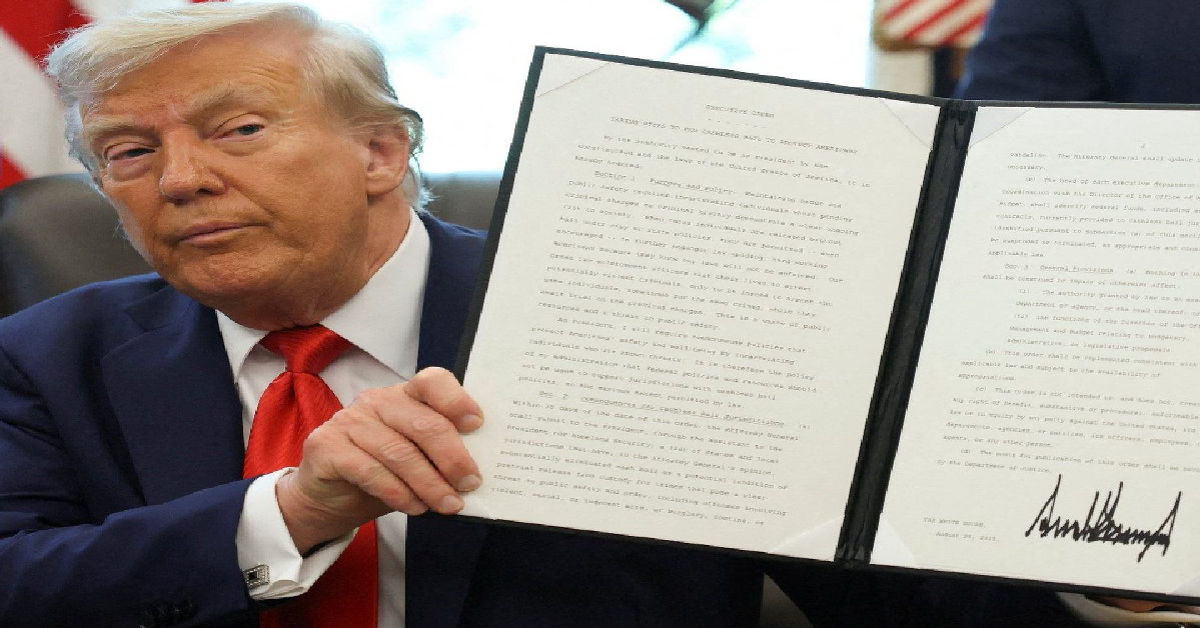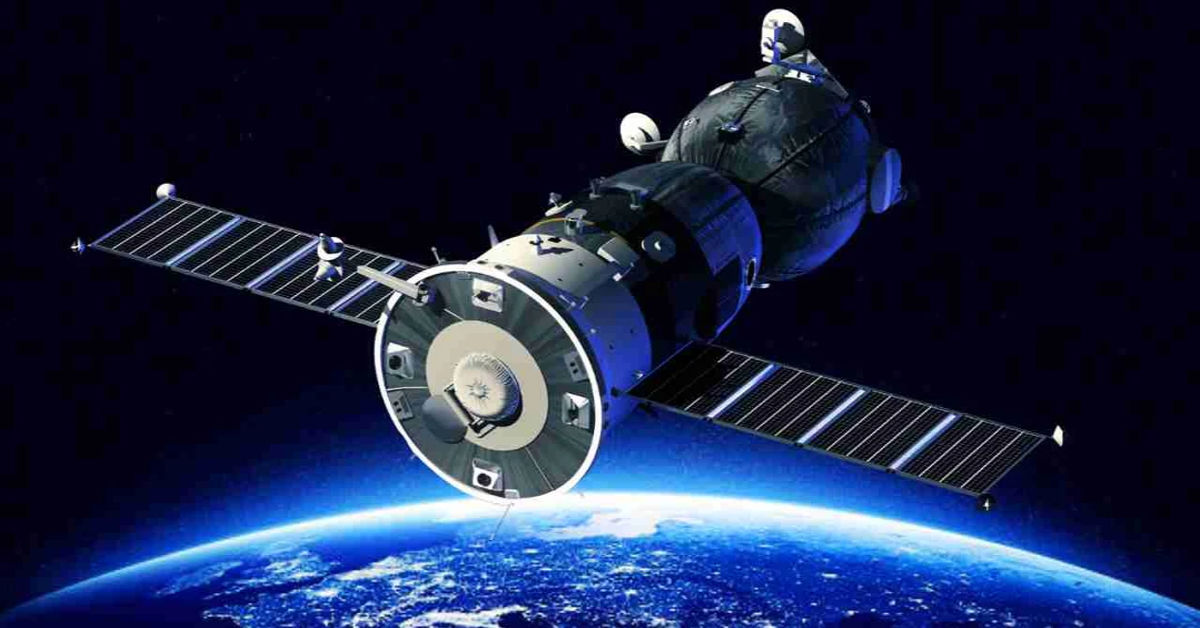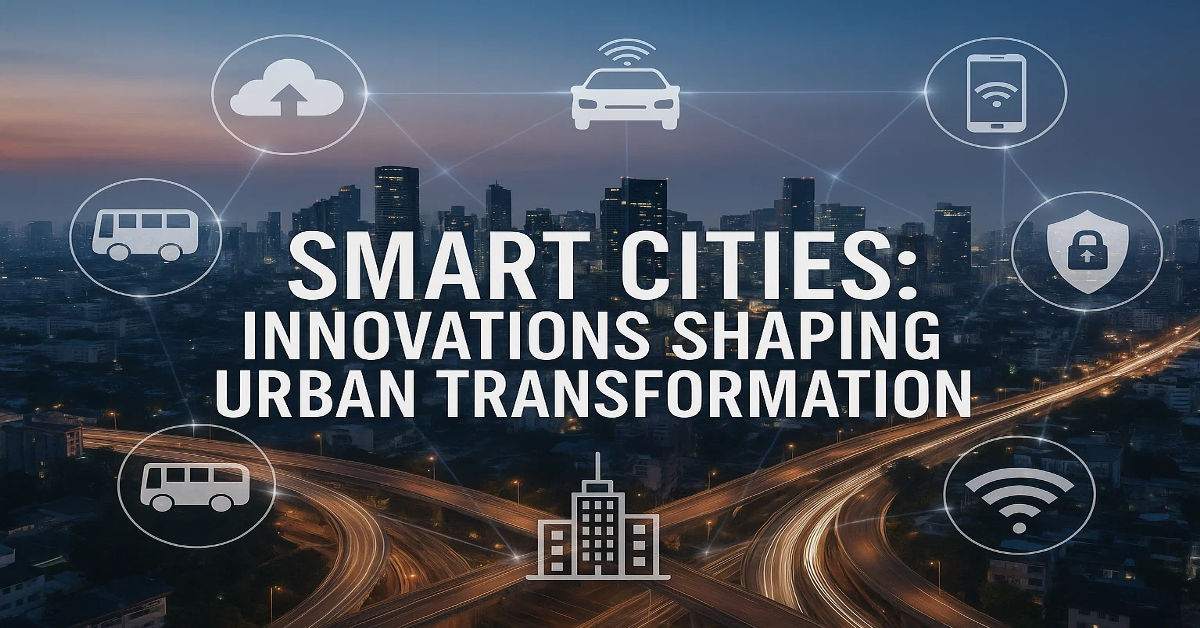
In the wake of escalating climate change, aging infrastructure, and growing urban demand, the United States finds itself facing a ticking time bomb: its outdated and underfunded water systems. The ripple effects of Trump’s funding cut stalls water projects, increasing risks for millions—a decision made during his presidency—are now becoming gravely apparent across the nation.
The Backdrop: A Legacy of Budget Cuts
In 2018, then-President Donald Trump introduced sweeping budget proposals aimed at reducing federal spending on infrastructure, including major cuts to the Environmental Protection Agency (EPA) and the U.S. Army Corps of Engineers. These agencies play critical roles in funding, maintaining, and overseeing water-related projects.
Programs slashed or defunded included:
- The Clean Water State Revolving Fund (cut by $600M)
- Rural Water Supply Projects
- Flood mitigation initiatives
- Water reuse and desalination research
These cuts came despite clear warnings from experts, who emphasized the vulnerability of America’s aging water systems and the dire need for reinvestment.
National Impact: Who’s Affected the Most?
While wealthier urban areas have been able to tap into local funding and private partnerships to keep projects afloat, it’s rural communities, low-income cities, and Indigenous nations that are suffering the most.
🔹 1. Rural Communities and Tribal Lands
In states like New Mexico and Arizona, Native communities have waited decades for water access projects, many of which were finally approved but later stalled or scrapped due to the funding rollback.
“We were on the verge of breaking ground. Then the funding vanished,” said Dennis Yazzie, infrastructure coordinator for a Navajo Nation district. “We’re still hauling water in trucks.”
🔹 2. Flood-Prone Regions
The lack of progress on flood mitigation projects in places like Louisiana, Texas, and parts of the Midwest is now seen as a public safety failure. Incomplete levee upgrades and stormwater systems have left towns vulnerable, as evidenced during Hurricane Ida and several recent spring flood seasons.
🔹 3. Agricultural Hubs
California’s Central Valley and Florida’s citrus regions are dealing with unpredictable water allocations, harming both crop yields and employment. Reservoir expansions and canal repairs were halted or postponed—some indefinitely.
Public Health at Risk
The most alarming consequence of these delays is the impact on public health.
🔬 Aging Infrastructure = Unsafe Water
The Flint water crisis remains a grim reminder of what happens when maintenance and oversight are neglected. Unfortunately, Flint is not alone:
- Jackson, Mississippi, suffered a complete water system failure in 2022.
- Baltimore reported over 1,500 water main breaks in a single year.
- Schools in Chicago, Detroit, and Philadelphia still use bottled water due to lead contamination fears.
When Trump’s funding cuts stall water projects, it effectively increases risks for millions—especially children, seniors, and immunocompromised individuals—who rely on clean, safe water daily.
Why Water Infrastructure Is a National Priority
According to a 2023 report by the American Society of Civil Engineers (ASCE):
- America loses 6 billion gallons of treated water every day due to pipe leaks.
- Over 2.2 million miles of underground water pipelines need repair or replacement.
- The annual shortfall in water infrastructure investment is projected to reach $434 billion by 2039.
Water is not just a utility—it’s foundational to:
- Public health
- Economic development
- National security
- Climate adaptation
The Role of Technology in Mitigating the Crisis
Despite government delays, private sector innovation is stepping in to bridge the gap. Companies like Revo Technologies in Murray, Utah are pioneering smart water systems that combine sensors, AI, and predictive analytics to monitor water quality, detect leaks, and optimize usage.
AI-driven solutions can help:
- Predict pipeline failures before they happen
- Optimize irrigation in agriculture
- Track contamination in real time
- Reduce unnecessary water waste
To learn more about the power of these innovations, check out this deep dive on how artificial intelligence is being used in modern infrastructure tools.
Efforts to Reverse the Damage
The Biden administration, followed by current leadership, has made strides to re-fund and revamp federal water programs, including:
- Reinstating the Clean Water and Drinking Water State Revolving Funds
- Passing components of the Infrastructure Investment and Jobs Act (2021)
- Offering tax incentives and grants for green infrastructure projects
However, experts warn that the lost time during Trump’s administration cannot be easily recovered.
“Infrastructure has a long tail,” explains Charles Grimm, a water policy strategist. “Delays in planning and funding today cause systemic risk five to ten years down the line.”
Where Do We Go From Here?
To avoid further crises, stakeholders agree that a multi-front approach is essential:
- Reinvesting in federal infrastructure grants
- Encouraging public-private partnerships
- Expanding state-level water authorities
- Integrating AI and IoT-based monitoring tools
- Educating the public about water conservation and policy
Additionally, journalists, researchers, and community advocates must continue shining a spotlight on these issues, especially when administrative actions stall progress.
Conclusion
The long-term impact of Trump’s funding cut stalls water projects is not just a policy debate—it’s a matter of public health, economic security, and environmental survival. Across the country, millions of Americans are now facing the consequences of delayed or abandoned water infrastructure projects.
From rural communities without clean drinking water to cities at risk of catastrophic floods, the risks are no longer theoretical—they’re visible and measurable. The gap left by defunded programs has placed the burden on states, municipalities, and private innovators to do what federal agencies could not. While technologies like smart water management and AI offer promise, they cannot replace the scale and coordination of federal investment.
The clock is ticking, especially as climate change intensifies water-related challenges. It’s critical that current and future administrations prioritize safe, sustainable water infrastructure. Public awareness and media attention must continue pushing this issue into the spotlight.
Without urgent reinvestment, the United States could face a full-scale water crisis—one that was avoidable. Reversing the damage starts now, before millions more are put at even greater risk.
FAQs
1. What was the main reason behind Trump’s funding cuts to water projects?
The Trump administration aimed to reduce overall federal spending, targeting what it considered “non-essential” infrastructure programs. Water infrastructure was among the areas affected, despite expert warnings. The cuts were part of broader budget proposals that prioritized defense and tax reductions over environmental and public health infrastructure.
2. How did these funding cuts directly affect local communities?
Many communities saw delays or cancellations of vital water projects, including wastewater treatment, flood control systems, and drinking water pipeline repairs. Rural and low-income areas were hit hardest, as they often rely heavily on federal assistance. This led to increased health risks and water insecurity in several states.
3. Which states have been most impacted by these stalled projects?
States like California, Arizona, Mississippi, Louisiana, and Michigan have experienced severe consequences. These areas already faced challenges like drought, flooding, or contamination, and the cuts amplified their vulnerability. Tribal lands and smaller municipalities also suffered due to the loss of federal grants and technical support.
4. What risks do stalled water projects pose to public health?
Aging infrastructure can lead to contaminated water, pipeline leaks, and even complete system failures. This increases the risk of waterborne diseases, lead exposure, and long-term health issues. Schools, hospitals, and homes without reliable clean water become high-risk environments, especially for children and the elderly.
5. Are there any solutions being implemented to address these issues now?
Yes, newer federal programs have begun to restore funding under subsequent administrations. Additionally, private companies are stepping in with technology-driven solutions like smart sensors and AI-based monitoring. However, rebuilding trust and repairing decades of underinvestment will require sustained long-term funding and planning.
6. Can artificial intelligence really help improve water infrastructure?
Absolutely. AI and machine learning are being used to monitor pipelines, predict system failures, and optimize water usage in real time. These technologies can reduce maintenance costs and prevent large-scale breakdowns. While not a complete solution, they are vital tools to modernize aging infrastructure.
7. How much investment is needed to fix the water infrastructure in the U.S.?
According to the American Society of Civil Engineers, the U.S. needs over $100 billion in water infrastructure investment over the next decade. This includes replacing aging pipelines, modernizing treatment facilities, and building drought-resilient systems. Without it, the nation risks further public health and environmental crises.
8. Why is clean water infrastructure considered a national security issue?
Water is essential for everything from agriculture to energy production. Failing systems can disrupt local economies, displace populations, and even become targets for cyberattacks. Ensuring safe, reliable water access strengthens national resilience against both natural disasters and human-made threats.
9. Did the private sector fill the gap left by Trump’s funding cuts?
In some cases, yes. Innovative companies have provided solutions like leak-detection technology, water recycling systems, and data-driven infrastructure management. However, most of these efforts are localized or commercially focused. Nationwide water infrastructure still requires substantial federal coordination and funding.
10. What can citizens do to support better water infrastructure policies?
Citizens can advocate for increased public investment in infrastructure through voting, contacting representatives, and supporting community initiatives. Staying informed about local water quality issues and supporting transparent policy decisions also helps. Public pressure and awareness are key to ensuring water remains a top political priority.









